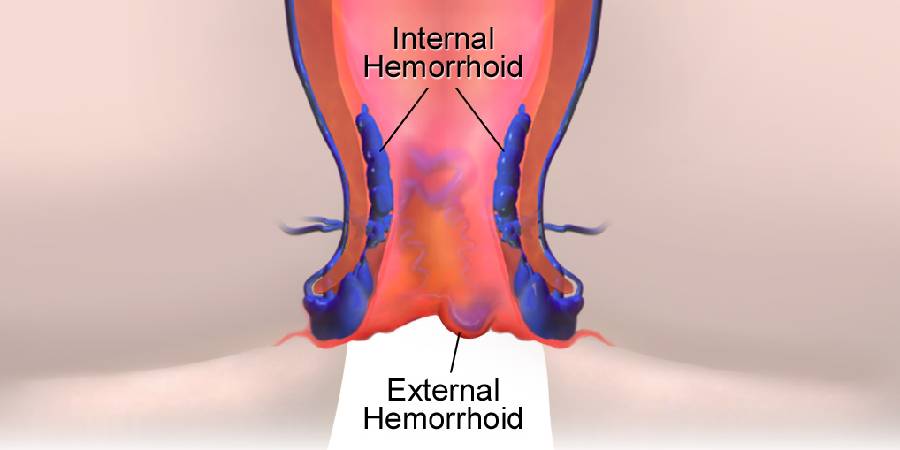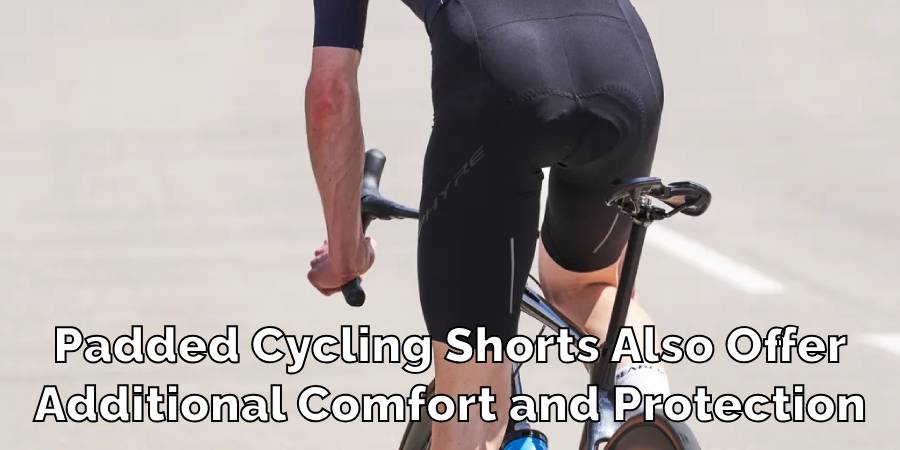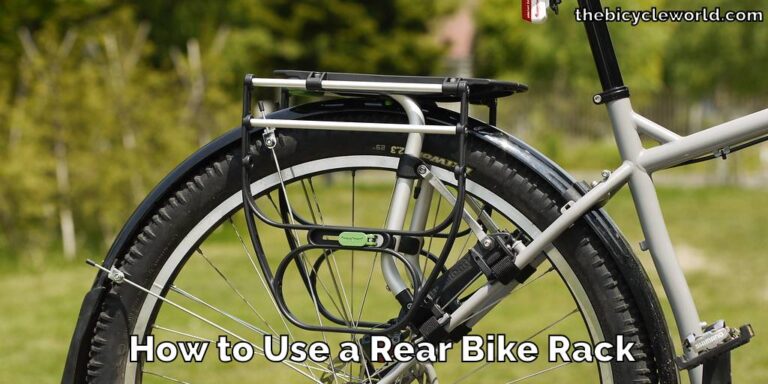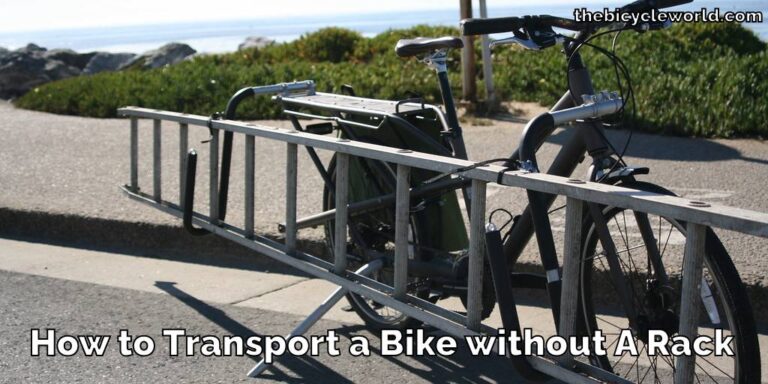Can Cycling Cause Hemorrhoids
Introduction
Hemorrhoids are a health issue that many people experience but often feel hesitant to talk about openly. For cyclists, whether they ride for leisure, fitness, or competition, it’s important to understand how this common activity can influence their risk of developing hemorrhoids.

This guide aims to shed light on whether can cycling cause hemorrhoids, providing clear, straightforward information. We’ll explore what hemorrhoids are, how cycling might affect them, and what you can do to minimize your risk while still enjoying your rides.
Whether you’re hitting the road, the trail, or the stationary bike, knowing about this health concern is crucial for every cyclist. Let’s break the silence and get informed about this sensitive topic.
What are Hemorrhoids?
Hemorrhoids are a common health condition where the veins in the lower part of the rectum and around the anus become swollen, similar to varicose veins that some people have in their legs.
There are two types: internal hemorrhoids, which are inside the rectum, and external hemorrhoids, which develop under the skin around the anus. These swollen veins can cause a range of symptoms including discomfort, itching, pain, and even bleeding during bowel movements.
The development of hemorrhoids is often linked to several factors. One of the main causes is straining during bowel movements, which can happen due to constipation or hard stools. Increased pressure in the lower rectum, as seen during pregnancy, can also lead to hemorrhoids.

Prolonged sitting, particularly on hard surfaces, is another factor that can increase the risk of developing hemorrhoids. This prolonged pressure on the lower rectal area can cause the blood vessels to become swollen and irritated.
Understanding what hemorrhoids are and what causes them is important because this knowledge can help in both preventing and managing them.
It’s a common issue, and many people experience it at some point in their lives. So, knowing how to deal with hemorrhoids, what to avoid to prevent them, and how to treat them if they occur is valuable information for maintaining good health.
Can Cycling Cause Hemorrhoids?
Cycling is a wonderful activity for fitness and enjoyment, but many cyclists wonder about its connection to hemorrhoids. The truth is, that cycling itself does not directly cause hemorrhoids. However, if you already have this condition, cycling can make the symptoms worse.

This is mainly because when you’re riding, there’s extended pressure on the perineal area – the region between the anus and genitals. This pressure, especially during long rides, can aggravate hemorrhoids, leading to discomfort or pain.
That said, it’s important to note that cycling with the proper equipment and maintaining the right posture can minimize the risk of exacerbating hemorrhoids. A well-designed bike seat, or saddle, can reduce pressure on the perineal area.
Padded cycling shorts also offer additional comfort and protection. Adjusting your riding position can further help in reducing pressure. For instance, standing up occasionally when pedaling or adjusting the handlebar height and saddle position can change the pressure points and give some relief.

Moreover, regular cycling can be beneficial to your overall health. It improves blood circulation, which can aid in preventing conditions like hemorrhoids. Regular physical activity, including cycling, also helps in maintaining a healthy weight, reducing constipation, and improving muscle tone – all factors that contribute to reducing the risk of developing new hemorrhoids.
While cycling can potentially worsen the symptoms of existing hemorrhoids due to prolonged pressure on the perineal area, it doesn’t necessarily cause new hemorrhoids if done with the right equipment and posture. It’s always a good idea to consult with a healthcare provider if you’re experiencing symptoms or if you’re concerned about the impact of cycling on your health.
Risk Factors for Cyclists
For cyclists, especially those dealing with hemorrhoids, certain aspects of their riding routine can contribute to increased discomfort:
Bike Seat Design
The design of the bike seat is crucial. A seat that’s poorly designed or doesn’t suit your body can put extra pressure on the perineal area, which is already sensitive if you have hemorrhoids. Seats that are too hard, too narrow, or don’t have enough padding can worsen the pressure on the hemorrhoids, leading to increased discomfort.

Riding Posture
The way you sit and ride your bike also plays a significant role. Incorrect posture can result in unnecessary strain on your lower body.
Leaning too far forward or backward, or sitting in a way that puts all your weight on the perineal area can make hemorrhoid symptoms worse. It’s important to find a balanced riding position that distributes your weight evenly between the seat, handlebars, and pedals.
Duration and Frequency of Rides
How long and how often you ride can also impact hemorrhoid discomfort. Longer rides without adequate breaks can increase pressure and irritation in the perineal region.
Similarly, frequent long rides without allowing time for recovery can exacerbate hemorrhoid symptoms. It’s advisable to take regular breaks during long rides and to possibly reduce the frequency of such rides if you’re experiencing discomfort.
Understanding these risk factors is important for cyclists who want to continue enjoying their rides while managing hemorrhoid symptoms. Paying attention to your bike’s setup, adjusting your riding posture, and being mindful of the duration and frequency of your rides can make a big difference in managing discomfort.
Remember, if you’re experiencing severe symptoms or have concerns about hemorrhoids and cycling, consulting a healthcare professional is always the best course of action.
Preventive Measures for Cyclists
For cyclists, especially those concerned about hemorrhoids, taking preventive measures is key to ensuring a comfortable ride. Here are some steps to consider
- Choosing the Right Bike Seat: The bike seat plays a crucial role in your comfort. Look for a seat that’s specifically designed to reduce pressure on the perineal area. These seats often have padding in the right places or a unique shape that helps distribute your weight more evenly. A well-chosen seat can make a significant difference in reducing the risk of aggravating hemorrhoids.
- Adjusting Riding Posture: Your posture on the bike can affect how your weight is distributed. Try to maintain a posture that evenly spreads your weight between the seat, handlebars, and pedals. Avoid leaning too far forward or backward, as this can increase pressure on the sensitive perineal area.
- Wearing Proper Cycling Gear: Padded cycling shorts are a great investment for any cyclist. They provide extra cushioning and can help reduce friction and pressure on the perineal area. This additional padding can be particularly beneficial on longer rides.
- Taking Regular Breaks: During long rides, it’s important to take short breaks. Standing up and stretching every now and then helps relieve pressure on the perineal area and improves blood circulation. These breaks can be a good opportunity to hydrate and rest, allowing you to enjoy longer rides with less discomfort.
By incorporating these preventive measures into your cycling routine, you can help reduce the risk of hemorrhoid discomfort and enjoy your rides more comfortably. It’s all about finding the right balance and making small adjustments to ensure that your cycling experience is both enjoyable and kind to your body
Treatment for Hemorrhoids
If you’re dealing with hemorrhoids, it’s important to know when to seek medical attention and what treatment options are available.
When to See a Doctor
You should consult a doctor if you experience persistent or severe symptoms of hemorrhoids. These can include significant discomfort, bleeding, or pain.
It’s particularly important to see a doctor if home treatments haven’t provided relief or if you’re experiencing any bleeding. Hemorrhoid symptoms can sometimes be similar to other more serious conditions, so getting a proper diagnosis is crucial.
Available Treatments
There are several ways to treat hemorrhoids, depending on their severity. For mild cases, topical creams or ointments can be effective. These are applied directly to the hemorrhoid and can reduce inflammation, swelling, and discomfort. Soaking in a warm bath can also provide relief.
For more persistent or severe hemorrhoids, minimally invasive procedures are often effective. These can include rubber band ligation, where a band is placed around the base of the hemorrhoid to cut off its blood supply, causing it to wither and fall off.
Another option is sclerotherapy, a procedure where a chemical solution is injected into the hemorrhoid, causing it to shrink.
In the most severe cases, surgery may be necessary. Surgical options can include a hemorrhoidectomy, where the excess tissue causing bleeding is removed. It’s usually reserved for severe hemorrhoids or those who haven’t responded to other treatments.
Remember, hemorrhoids are a common issue and there are effective treatments available. Don’t hesitate to reach out to a healthcare provider for advice and treatment options. Taking action can lead to relief and improve your quality of life
Conclusion
Cycling is a wonderful activity enjoyed by many, but it’s important to acknowledge that while it does not directly cause hemorrhoids, it can worsen the symptoms if you already have them.
By being aware of the risk factors associated with cycling, such as the type of bike seat used and your riding posture, you can take steps to minimize discomfort. This article has answered to can cycling cause hemorrhoids.
Implementing preventive measures like choosing the right seat, wearing padded cycling gear, and taking regular breaks can significantly enhance your comfort while cycling. It’s also crucial to maintain overall health, as a healthy lifestyle can reduce the risk of developing hemorrhoids.
You may read also – What to Do if Your Bicycle Schrader Valve Is Leaking






